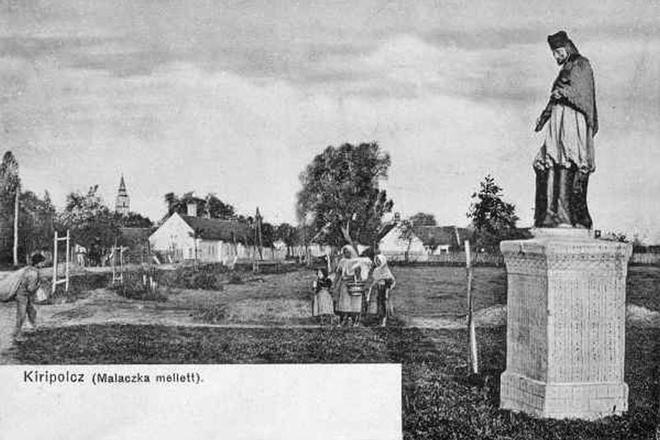SCULPTURES of saints are scattered throughout Slovak city squares and alongside country roads. John of Nepomuk is the saint most commonly portrayed, as is the case in all the countries once ruled by the Habsburg Monarchy.
Jan of Nepomuk was born in a small Bohemian village called Pomuk in 1350. He became a priest, a doctor and, according to some historians, the confessor of King Wenceslaus IV’s wife. He died as a result of events surrounding a dispute between the king and Jan of Jenštejn, the archbishop of Prague. As the archbishop’s close friend and confessor, he was arrested and tortured to death at the king’s command.
But in the Baroque period, when John of Nepomuk was canonised by the Roman Catholic Church, a legend formed around the events leading up to his execution.
According to the legend, St John reproached the king for living an immoral life.
As a result, he was ordered to reveal what he had learned from the Queen’s confessions, and when he refused, he was tortured and thrown into the Vltava River on the night of May 10, 1393.
This antique postcard from 1916 depicts a statue of St John in Kostolište (formerly Kiripolec), near Malacky.


